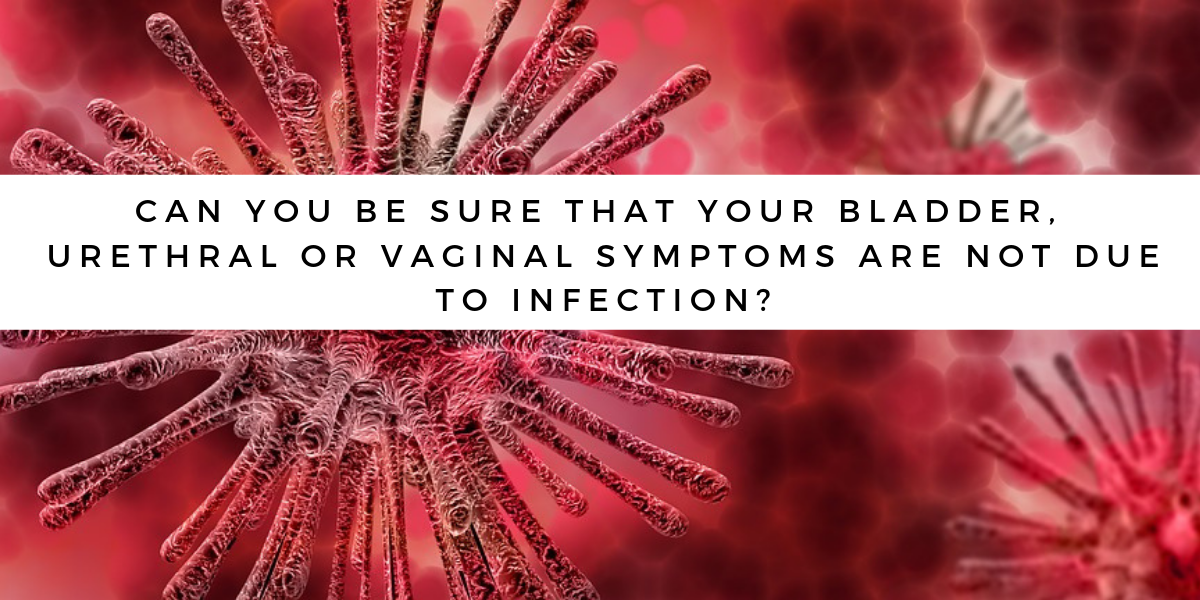When is a urinary tract infection (UTI) not a UTI and when is it?
It’s harder to be sure when the tests for infection are fraught with such shortcomings. Make sure you’ve read my blog posts on why dipsticks are so unreliable and the difficulty with urine cultures.
Mysterious urethral pain that feels like a urinary tract infection, yet tests come up negative…it’s a mysterious condition with many possible causes. But we have to acknowledge that some of those causes – including those hard to uncover – involve infection.
Here’s one you probably didn’t know about: ureaplasma infection.
And here’s ten things I bet you didn’t know about ureaplasma infection.
- It can be there even when the usual culture for urinary tract infection (UTI) is negative (i.e. doesn’t show up anything).
- What’s more, it can be there even with a negative midstream urine test (i.e. when you pee on the dipstick, it doesn’t show up anything).
- Ureaplasma is known as an “opportunistic pathogen”, which means while it hangs out to some degree in most people (40-80%), it can cause disease if things get out of balance.
- It is a reasonably common cause of urethritis (i.e. inflammation of the urethra) when it isn’t gonorrhoea (a sexually transmitted infection).
- It is also linked with increased susceptibility to HIV infection, infertility, kidney stones, premature labour, miscarriage and stillbirth, and inflammatory joint disease.
- It can only be detected using a special DNA test, such as a vaginal PCR DNA test.
- Ureaplasma loves to form biofilms – that is, “walled cities” to protect itself from eradication by antibiotics (which makes it more likely to become resistant, and antibiotics not to work).
- It is common for ureaplasma to be resistant to trimethoprim (the most common antibiotic prescribed for urinary tract infection).
- If you test positive for it, your partner should be treated as well, as research shows you could be transferring it back and forth to each other.
- While a recent review found it was not higher in women who had urethral pain syndrome than in women without, it is likely linked with reduced protection by good bacteria. For example, one study showed that the chemicals produced by lactobacilli inhibit ureaplasma.
Thankfully, the common treatments for it – the antibiotics doxycycline, azithromycin, clotrimazole, and fluconazole – do not seem to have severe negative effects on the vaginal lactobacilli, according to one study.
Even so, we know that antibiotic treatment alone at best fails to address the major issue (i.e. an underlying imbalance in the urogenital microflora and other local immune factors). At worst, it can perpetuate a cycle of increasing susceptibility to this and other urogenital conditions – not to mention the systemic problems implicit in damage to the gut microbiome.
Because my focus is on the short- and long-term health of the whole person, I do not recommend stopping at antibiotics. They may be important – discuss this with your trusted clinician. But don’t ignore the potential impact on the microbiota.
My approach involves co-administering natural compounds that address the following:
- Minimise damage to the gut microbiome
- Maximise the effectiveness of the anti-microbial action against the “bad bugs”
- Restore the gut and urogenital microbiome
- Reduce risk of recurrence and risk of other problems like thrush and bacterial vaginosis
- Maximising immune system protection, both systemic and local (i.e. the environment of the vagina, urethra and bladder)
Navigating your way through this poorly understood (even by doctors) area can be incredibly difficult and frustrating. I accompany many women along this journey! Skype appointments are possible if you can’t get to Brisbane, Australia…but thorough investigation is critical and must be pursued from where you are.

